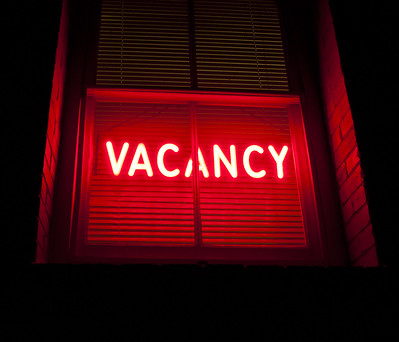Inflation affects everyone, including commercial construction firms. Prior to 2021, commercial construction projects “escalated” (increased in price) at a rate of about 2%-4% per year. In 2021, something happened. The cost of commercial construction (which includes campus construction projects) escalated by an almost unthinkable 19.6%.
Equally unthinkable was what happened in 2022. Commercial construction costs escalated by another 14%. What’s driving the cost of construction so high? Massive cost increases in raw materials drove the cost of construction to unbelievably high levels. The price of steel more than doubled, and the costs of aluminum and copper both increased 20%-30%. Other common construction materials – including, wood, plastic, gypsum, and asphalt – all rose by double digits. The cost of concrete and glass also increased by record year-over-year levels.
No one expected construction costs to increase by 20% in one year, or by another 14% in the year immediately following. That’s a two-year increase of 36.5%. The cost increase has impacted Washtenaw Community College’s planned “Advanced Transportation Center.” As designed, the building is largely useless from an academic standpoint. Under these circumstances, the cost increases alone demand the project’s termination.
The most recent appropriation, updated by the House Fiscal Agency in September 2022, shows the cost of the project to be $7.9M. That figure was initially proposed in 2020 (before the 36.5% cost increases). If those construction cost increases are still valid, that would place the new price tag for the “Advanced Transportation Center” at a cool $10.8M, of which the State of Michigan has only appropriated $2M. The remainder will be coming out of the pockets of WCC students and Washtenaw County taxpayers.
Campus construction financing has gone up, too
$10.8M reflects the current cost of construction; it does not reflect the cost of financing the construction. Last month, Michigan Tech issued two series of bonds to pay for campus construction and to address facilities neglect on its campus. The interest rates on those bonds ranged from 5%-5.25%. Each bond issue is different, but right now, the bond market is volatile, and is subject to the Fed’s efforts to control inflation. Unlike WCC, Michigan Tech does not have the option of asking voters to approve a special tax to repay bonds. It has no choice but to guarantee these bonds with future revenues – which aren’t guaranteed.
The cost of campus construction and the cost of construction financing aren’t the only considerations. According to preliminary enrollment data for classes held in person and on campus for WCC’s Winter 2023 semester, students have registered for only about 60% of the total number of in-person seats WCC is offering. That’s a whopping vacancy rate. It also indicates a profound lack of need for additional floor space on campus – academic or otherwise. WCC already has a substantial percentage of unused space on campus, so there is little justification for creating more.
To summarize:
- Cost of campus construction has gone way up.
- State appropriation for campus construction has gone up $0.
- Cost of construction financing has gone way up.
- Need for more space has gone way down.
Let’s not pay a premium and go into expensive debt to add more of what we do not need on campus. If the “Advanced Transportation Center” is an absolute necessity (it’s not), then renovate existing space to meet the academic needs of the few programs intended to operate in that space.
Photo Credit: Graeme Maclean, via Flickr























